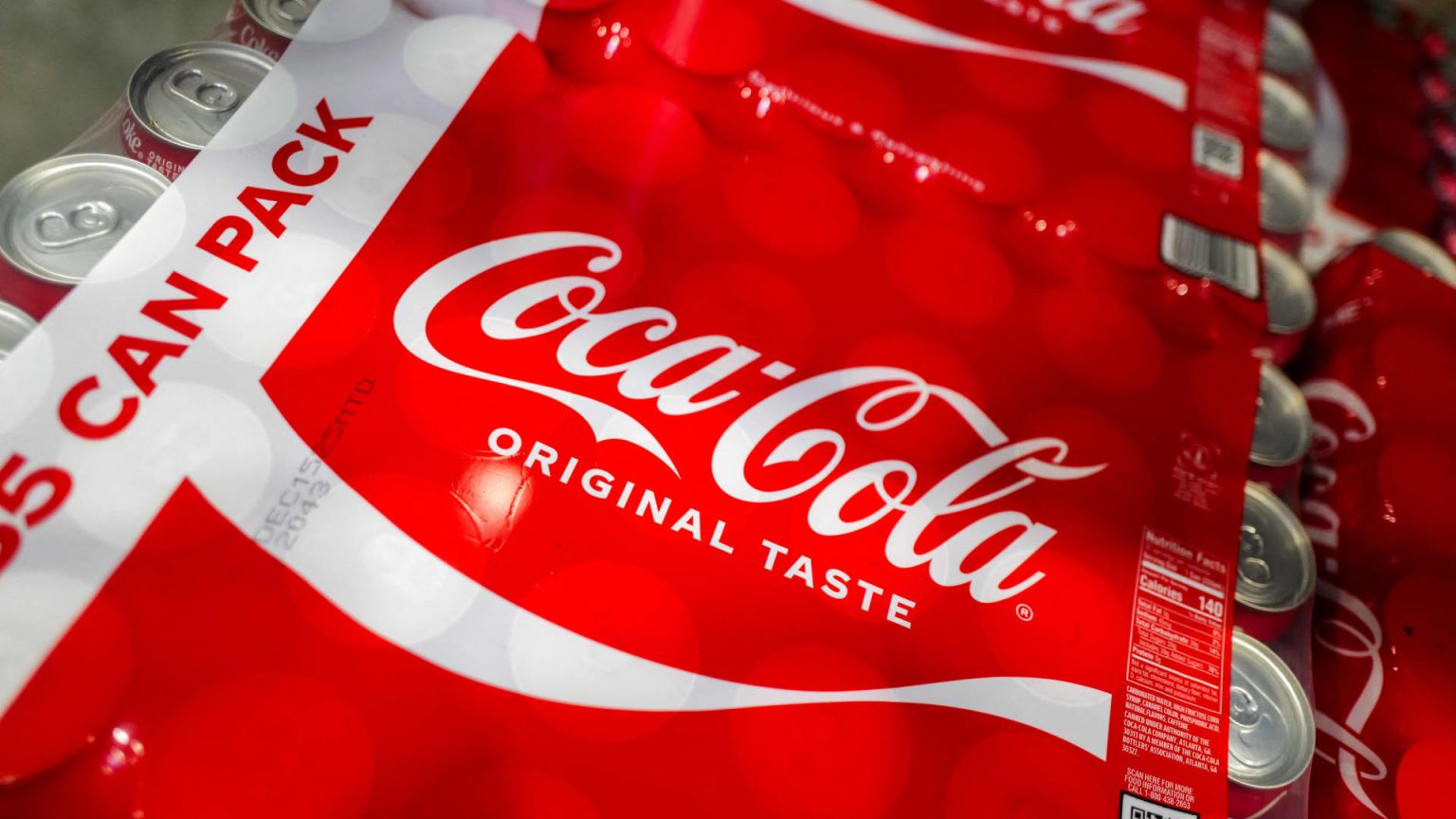Coca-Cola exceeded Wall Street’s expectations for both earnings and revenue in its recent quarterly report, maintaining a positive outlook for the year ahead. Despite navigating challenges posed by global trade conflicts, the beverage giant anticipates stable growth, projecting a 5% to 6% increase in organic revenue for 2025. The company’s ability to manage costs and adapt pricing strategies has positioned it favorably against competitors like PepsiCo, which recently revised its own forecasts downward.
| Article Subheadings |
|---|
| 1) Financial Performance Surprises Analysts |
| 2) Operational Outlook Amid Trade Conflicts |
| 3) Regional Performance Variances |
| 4) Market Challenges and Consumer Sentiment |
| 5) Future Growth Projections |
Financial Performance Surprises Analysts
For the first quarter, Coca-Cola reported earnings that surpassed Wall Street estimates, achieving 73 cents per adjusted share compared to the anticipated 71 cents. Overall revenue reached $11.22 billion, exceeding the $11.14 billion expectation. This is part of a broader trend indicating that the company is well-positioned financially despite external economic pressures. The reported net income attributable to shareholders was $3.33 billion, equivalent to 77 cents per share, a significant increase from $3.18 billion, or 74 cents per share, during the same quarter the previous year.
Operational Outlook Amid Trade Conflicts
Coca-Cola executives discussed the potential impacts of ongoing global trade issues, noting that costs for raw materials such as aluminum and orange juice could rise. However, the company maintained that its operations are predominantly local, allowing it to weather these challenges more effectively than some competitors. Unlike PepsiCo, which recently adjusted its annual forecast downward due to tariffs and economic volatility, Coca-Cola refrained from changing its projections. CEO James Quincey stated that the company believes any impacts of the trade wars will be manageable.
Regional Performance Variances
Coca-Cola’s sales growth was not uniform across regions. In emerging markets like India, China, and Brazil, unit case volume increased by 2%, reflecting more robust consumer demand. However, North America showed signs of underperformance, primarily attributed to a decline in grocery store sales despite consistent away-from-home demand. Quincey noted that the company faced challenges including adverse weather conditions and changing consumer sentiment, which affected volume sales, particularly among Hispanic consumers.
Market Challenges and Consumer Sentiment
The beverage industry, including Coca-Cola, is currently experiencing heightened consumer caution amid economic uncertainty. Reports of social media rumors adversely impacting store traffic have raised concerns about brand perception and customer loyalty. Coca-Cola denied accusations of reporting undocumented workers to immigration authorities, labeling these claims as false, yet the damage to its reputation persisted, especially in southern states. The company’s sparkling soft drinks segment saw a 2% volume increase, buoyed primarily by the popularity of Coke Zero Sugar, which experienced a noteworthy 14% volume climb.
Future Growth Projections
Looking ahead, Coca-Cola remains optimistic about its long-term growth trajectory. The company aims for a 5% to 6% organic revenue increase over the next two years, along with a 2% to 3% gain in comparable earnings per share. This confidence underscores a strategic focus on maintaining effective pricing plans and capitalizing on evolving market dynamics. Coca-Cola’s diverse portfolio, including juice and plant-based drinks, has shown promising growth amidst various economic challenges.
| No. | Key Points |
|---|---|
| 1 | Coca-Cola reported better-than-expected earnings of 73 cents per share. |
| 2 | The company’s revenue reached $11.22 billion, surpassing analyst predictions. |
| 3 | Coca-Cola is maintaining its forecast despite the impact of global trade conflicts. |
| 4 | Regional sales growth varied, with emerging markets showing stronger demand than North America. |
| 5 | The company projects continued growth in organic revenue and earnings in the coming years. |
Summary
Coca-Cola’s robust financial performance in the first quarter reflects the company’s ability to adapt to changing market conditions and consumer behaviors, allowing it to exceed earnings expectations. As it navigates trade conflicts and fluctuating consumer sentiment, Coca-Cola remains committed to its growth strategy, which includes a strong outlook for revenue and earnings over the next few years. The company’s diversified product offerings and persistent innovation position it favorably within a competitive beverage landscape.
Frequently Asked Questions
Question: How did Coca-Cola’s earnings compare to Wall Street expectations?
Coca-Cola reported earnings of 73 cents per share, which exceeded Wall Street’s expectation of 71 cents.
Question: What challenges is Coca-Cola facing due to global trade conflicts?
The company is concerned about potential increases in raw material costs, particularly for aluminum and orange juice, as a result of existing trade tariffs.
Question: What areas showed strong performance for Coca-Cola?
Emerging markets like India, China, and Brazil demonstrated significant growth in unit case volume, reflecting more robust consumer demand.


